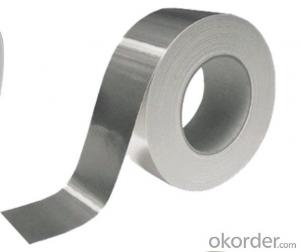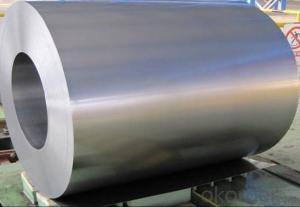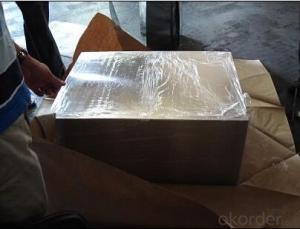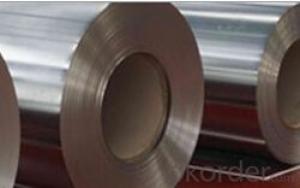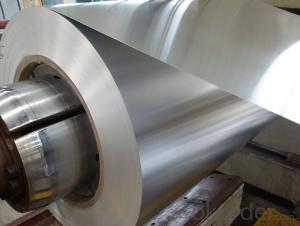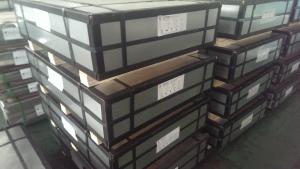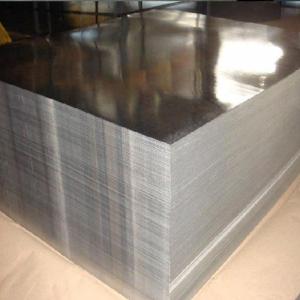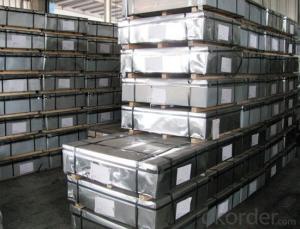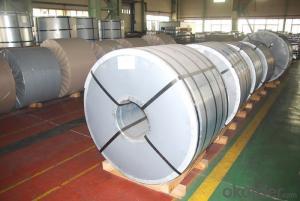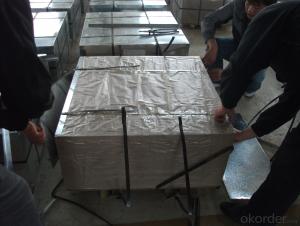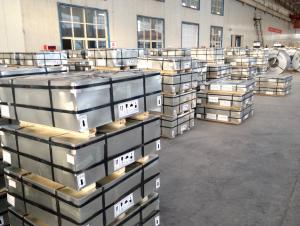Tinplate Coating
Tinplate Coating Related Searches
Alside Pvc Aluminum Trim Coil Pvc Aluminum Coil Flat Aluminum Wire Coil - 5mm Aluminum Wire Coil Best Aluminum Coil 3 4 Aluminum Tubing Coil 1 2 Aluminum Tubing Coil 24 White Aluminum Coil Stock Copper Tube Aluminum Fin Coil 3 8 Aluminum Tubing CoilHot Searches
Geogrid China Geogrid Mesh Price Geogrid Fabric Price Geogrid Roll Price Geogrid Price List Tensar Triax 160 Geogrid Price Tensar Ss40 Geogrid Price Tensar Tx160 Geogrid Price Triax Geogrid Price Geogrid Price Tx160 Geogrid Price Bitumen Shingles Price Geogrid Fabric Home Depot Tensar Type 2 Geogrid Type 2 Geogrid Home Depot Geogrid Geogrid Home Depot Geogrid Material Suppliers China Aluminum Coil Factory China Black Aluminum CoilTinplate Coating Supplier & Manufacturer from China
Okorder.com is a professional Tinplate Coating supplier & manufacturer, offers integrated one-stop services including real-time quoting and online cargo tracking. We are funded by CNBM Group, a Fortune 500 enterprise and the largest Tinplate Coating firm in China.Hot Products
FAQ
- Tinplate is primarily used in the cosmetics industry for packaging purposes. It provides a durable and protective barrier that safeguards cosmetic products from external elements, such as light, moisture, and air, thereby extending their shelf life. Additionally, tinplate offers an attractive and visually appealing packaging solution, allowing brands to enhance their product's presentation and create a unique brand identity.
- Yes, tinplate packaging can be used for electronic products. Tinplate is a durable and corrosion-resistant material that provides effective protection for electronic devices. It can be customized to fit various shapes and sizes, ensuring a secure and reliable packaging solution for electronic products. Additionally, tinplate packaging can also enhance the aesthetic appeal of electronic products, making them more visually appealing to consumers.
- The main factors affecting tinplate coil cutting and slitting include the thickness and hardness of the tinplate, the quality and sharpness of the cutting tools, the tension and speed of the slitting process, and the expertise and experience of the operators. Other factors may include the cleanliness of the tinplate, the condition and alignment of the slitting machine, and any variations in the tinplate's surface quality.
- Tinplate and plastic-coated steel differ in terms of properties and applications. Tinplate offers excellent corrosion resistance and can be easily soldered, making it suitable for food and beverage packaging, aerosol cans, and decorative items. On the other hand, plastic-coated steel provides enhanced durability, impact resistance, and chemical resistance, making it ideal for automotive parts, electrical enclosures, and construction applications. Ultimately, the choice between the two depends on the specific requirements of the intended application.
- Yes, tinplate can be used for cosmetic packaging. Tinplate is a durable and versatile material that provides excellent protection for cosmetic products. Its resistance to corrosion and ability to maintain product integrity make it suitable for packaging various cosmetic items such as creams, lotions, and powders. Additionally, tinplate can be easily printed and decorated, allowing brands to create attractive and visually appealing packaging designs.
- How to open cans
- Swiss Army knife, it has opened the canned fruits with tools under the hook can cover the exterior edge of front edge force canned fruit like a ring, groove cover on the edge of... The pressure inside a circle, do not pay attention to the head word screwdriver pressed in, or it may have wear. Under the hook can cover the exterior edge of front edge force under pressure can, like a ring groove on the side of the roof... Pressed in a circle, do not pay attention to the head word screwdriver pressed in, or you may wear. This tool is also very easy to use.
- There are several different methods of storing tinplate packaging, including stacking, shelving, hanging, palletizing, or using storage racks. The choice of method depends on factors such as the quantity of packaging, available space, ease of access, and the specific requirements of the products being stored.
- The recycling process for tinplate involves collecting and sorting tin cans and other tinplate materials from households and businesses. These materials are then transported to a recycling facility where they are shredded and melted down to remove any impurities. The molten tin is then cooled and solidified to form new sheets of tinplate, which can be used to manufacture various products. This process helps conserve resources, reduce waste, and minimize the environmental impact of tinplate production.


